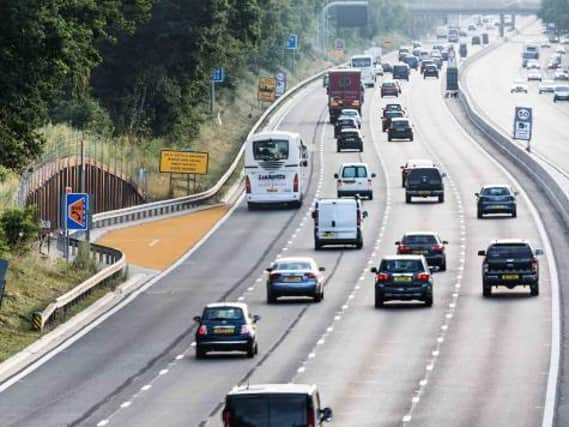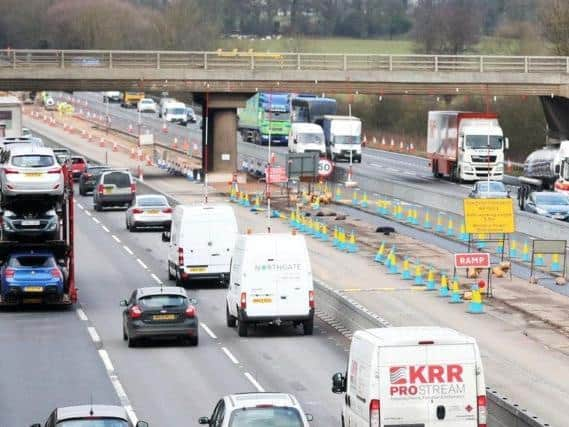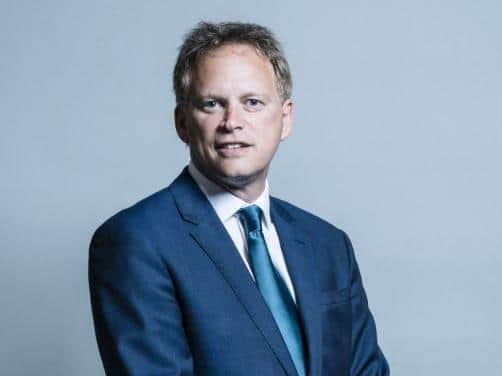Government green light for turning M1 into a smart motorway in Northamptonshire


A Government report has cleared the way for the M1 through Northamptonshire to be turned into a smart motorway.
But Transport Minister Grant Shapps is demanding Highways England beef up safety with more emergency refuges and substantially speeding up deployment of stopped vehicle detection technology to spot stranded vehicles.
Advertisement
Hide AdAdvertisement
Hide AdConstruction work continued on the £373million project to convert 23.6 miles of the M1 between Northampton and Milton Keynes after the review was announced last autumn, although the Government halted the opening of any more smart motorways.


Highways England chief executive Jim O’Sullivan said: "Every death in any road accident is tragic, and we are determined to do all we can to make our roads as safe as possible.
"We will be taking forward the measures the Secretary of State for Transport has set out, and we will be improving further our information to drivers to help them be safer on all of our roads, including our smart motorway network."
The UK already has around 200 miles of smart motorways where vehicles can use the hard shoulder at least some of the time with traffic monitored via cameras and variable speed limits.
Advertisement
Hide AdAdvertisement
Hide AdThe M1 stretch between junction 13 at Milton Keynes and 16 for Northampton is due to open in March 2022 as an 'all-lane running' motorway with no hard shoulder and refuge areas for emergencies.


Early smart motorways had these refuges every 600 yards but just 38 are planned for the M1 – one approximately every 1,500 yards.
And the system used to automatically spot stranded vehicles is currently installed on just two stretches of the M25.
Now the Government want refuges every three-quarters of a mile and stopped vehicle technology up and running within three years.
Advertisement
Hide AdAdvertisement
Hide AdMotoring organisations labelled smart motorways dangerous and breakdown crews refused to stop on them.
And investigations by the BBC into Britain's "Killer Motorways" found a five-fold increase in near-misses on a single stretch of the M25 and at least 38 deaths on parts of the smart network in the last five years.
Mr Shapps said: "Overall, the evidence shows that in most ways, smart motorways are as safe as, or safer than, the conventional ones. But not in every way.
"To ensure we are doing all we can do to improve safety, I am publishing an action plan to raise the bar on safety. This will allow us to retain the benefits of smart motorways while addressing the concerns that have been identified.
Advertisement
Hide AdAdvertisement
Hide Ad"Smart motorways have helped us cope with a 23 percent rise in traffic since 2000. They save motorists thousands of hours sitting in jams. They reduce the disruption and environmental destruction which would otherwise be needed to widen our busiest roads.
"Their growth, however, has not always been well explained, there is not uniformity, and concerns exist over safety.
"As part of our work we listened to the families who’ve campaigned on this issue, and I want to pay tribute to them. I’m also grateful to colleagues and groups like the AA and RAC who have pursued this issue and helped us reach this outcome.